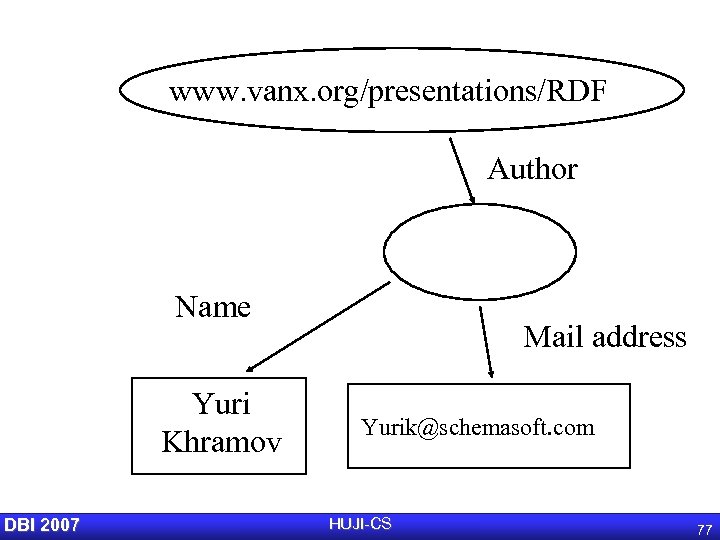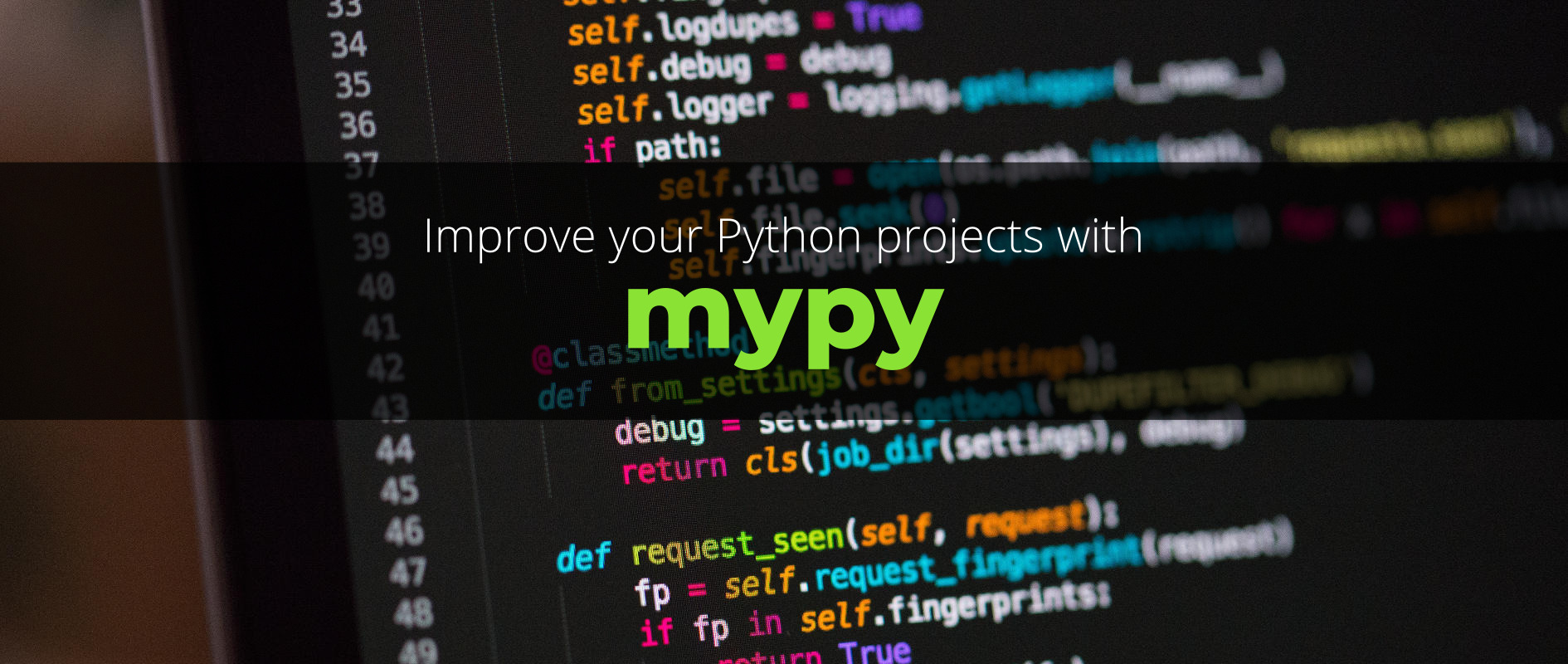

Once it has reached the proper temperature, dry it off and use tongs to lift up the prey by its tail.īecause this animal is already dead, it won’t fight back, meaning you can place it on the floor of your snake’s enclosure. Let it heat up to about 110 degrees Fahrenheit. Do not dethaw the prey in the microwave because it may not heat properly, or it can explode.Īfter the prey is thawed, put it inside a plastic bag and place it inside warm water. This will typically take about five hours for a rat or two hours for a mouse. You will need to defrost the prey inside your refrigerator before feeding.
PYTHON FEED READER HOW TO
Image Credit: Creative Stock Studio, Shutterstock How to Feed a Snake Frozen Preyįeeding a Ball Python frozen prey takes a bit more prep work, but it is pretty simple. See Also: Are Ball Pythons Poisonous? All You Need To Know!.Instead, use the tongs to dangle it above your snake so that it can strike. Do not place the prey on the enclosure’s floor because it will fight back, potentially harming your snake in the process. Using tongs, gently lift the prey up by the tail and begin to put it in the python’s enclosure. Additionally, ensure that the prey does not have any signs of injuries or parasites. The animal should not be larger than the snake’s widest point. Whenever you feed your snake live prey, make sure it is the proper size for your snake. Now, let’s look at how to feed a Ball Python based on each feeding method. Because these snakes are nocturnal, that is when they are more prone to eating. No matter which option you select, it’s best to feed your Ball Python at night. Still, Ball Pythons will eventually eat the pre-killed food. Additionally, Ball Pythons that have already been fed live prey may take a bit more time to adjust to the pre-killed option. On the other hand, pre-killed prey is frozen and needs to be thawed out, which can be a bit difficult to stomach. On the one hand, live prey creates a more similar hunting experience for the snake and may be less gross for you to watch, but live prey can also injure your snake during the hunt. If you have a Ball Python, you have two feeding methods to choose from: live prey or pre-killed prey. Very small mouse or rat (like a pinky rat)ģ to 5 mice and 1 medium-sized rat OR 2 small ratsĤ to 5 mice and 1 medium sized-rat OR 2 small rats Here is a helpful feeding schedule based on the snake’s age, snake’s general weight, and the size of the food: How frequently you feed your Ball Python depends on its age.

Unlike humans or other common pets, do not feed your snake everyday. As a snake owner, this means that you have to know how frequently to feed your snake. Their slow metabolism means that they can go long periods of time without eating. Well, this ambush style up hunting means that snakes have a very slow metabolism. You might be wondering why this matters if you have a pet Ball Python. This means that pythons will wait for their prey and attack whenever one passes. One thing that is important to know about Ball Pythons is that they are ambush hunters. Image Credit: Natnaphat, Shutterstock Ball Python Feeding Schedule Because of this fact, pet Ball Pythons mostly need mice, rats, and chicks. However, the types of rodents and birds they are most exposed to in the wild are hard to come by in other areas of the world. In captivity, Ball Pythons need other small mammals, such as rodents and birds. Unlike other snakes, Ball Pythons do not eat amphibians, chicken eggs, fish, or other types of reptiles. Since these snakes are native to West and Central Africa, they most often eat Black Rats, Giant Rats, Grass Mice, Rufous-Nosed Rats, and Weaver Birds in the wild. Like other snakes, Ball Pythons are carnivores that prefer to hunt and eat small birds and mammals. In this article, we are going to tell you everything you need to know about feeding your Ball Python. Whether you are an experienced snake owner or this is your first time owning one, a Ball Python feeding chart can help you keep your snake healthy for longer. Whenever a Ball Python is a pet, their diet primarily consists of rodents, but they will eat either pre-killed or live prey. In the wild, Ball Pythons feed on common pests around Africa, including live birds, mice, and rats.


 0 kommentar(er)
0 kommentar(er)
